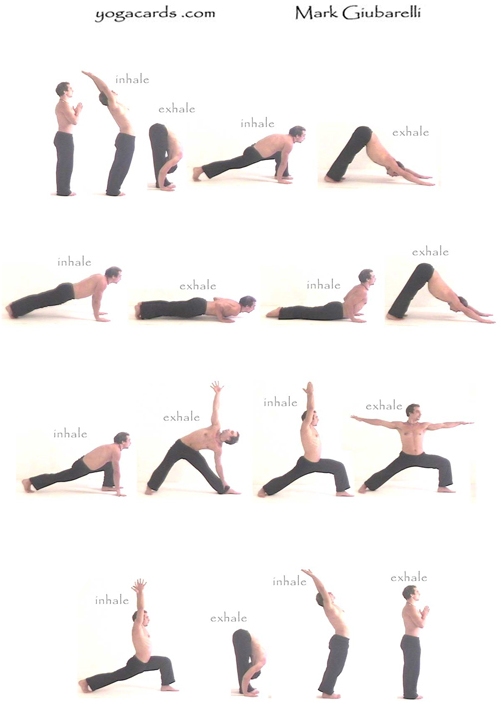Meditation is an inward-directed practice for deep relaxation and focusing the mind. It has been used in many cultural traditions over ages and includes sitting quietly, chanting or reciting; it can include forms of praying and moving meditative practices such as yoga or tai chi. Meditation is a spiritual experience but does not have to be associated with a particular religion or philosophy – it can be practiced by anyone, in different environments and in different timeframes. Techniques that have been studied and applied medically include Mindfulness Based Stress Reduction (MBSR) developed by Dr. Jon Kabat-Zinn and Transcendental Meditation founded by Maharishi Mahesh Yogi.
| Mindfulness is a non-judgmental moment to moment awareness of internal and external events. This non-judgmental bare attention frees us from the thinking process and allows us to be just there. Practicing mindfulness leads to a deeper understanding of the self and all life phenomena. This understanding, in turn, leads to insight that is different from the one that comes from intellectual discourse. From this deep understanding springs compassion that helps us be kinder to ourselves and others, and cope with the internal or external stressors in everyday life. |  |
Yoga, Tai Chi, Qi Gong are practices that combine physical exercise with breathing and mental awareness and are effective at training the body, relaxing the mind, improving the general well-being and reducing stress.
 |
Yoga is a system for mental and physical activities that originated in India. The word yoga is derived from Sanskrit root yuj meaning to bind, join, or yoke, it also means union. In Indian thought everything is permeated by the universal spirit, and individual human spirit is a part of it. The system of yoga teaches a person to unite with the universal spirit. Training the body is one of the eight stages of the traditional yoga path but it has become the most popular part of yoga practice in the Western tradition. In the US, the term "yoga" is typically associated with movement through asanas (postures) as a form of exercise. There are different types of yoga styles commonly practiced in the West which include Iyengar yoga, Vinyasa yoga, Power yoga, Bikram yoga and others; they all have in common coupling physical postures to breathing and mindfulness. |
Tai Chi Chuan or
Qigong (Chee-gong) is an ancient Chinese method to improve one’s health that combines slow movements with breathing and mental concentration. The Chinese character Qi (氣) stands for breathing, air, vapor and the character Gong (功) means achievement of results. The combination of words translates as "energy cultivation" or manipulation of intrinsic energy. Qigong is used to reduce stress, improve overall health and is also believed to have antiaging effects.
| Guided Imagery/Mental Imagery is a healing technique that uses directed imagination to improve well-being and achieve specific goals, such as weight loss, smoking cessation, preparing for an athletic performance or pain control. It resembles perceptual experience but in the absence of external stimuli. The most common variety of guided imagery uses visual perceptions, or mental images but other sensory modalities can be used. Mental imagery can be done with an instructor, tapes, or scripts. The underlying principle of this technique is the effect that the mind has on the body. When we use our senses to imagine something, the body reacts as if it is a real experience, and can elicit specific physiologic response. |  |
Hypnotherapy is a method of communication that induces a trance-like state or a mental state of inner absorption, concentration and focus. The attention is narrowly focused either internally on a specific thought or an image, or externally on a certain task or an object. The focus is so powerful that the person in hypnosis is free from external and internal distractions. Hypnosis can be conducted by a therapist addressing the patient or a patient can learn to conduct self-hypnosis. Recent research supports the view that hypnotherapy can effectively change our physiological functioning. Hypnosis has been shown to help in pain management, both acute (surgery) and chronic, phobias, anxiety, depression, gastrointestinal disturbances, dermatologic conditions, insomnia, etc.

